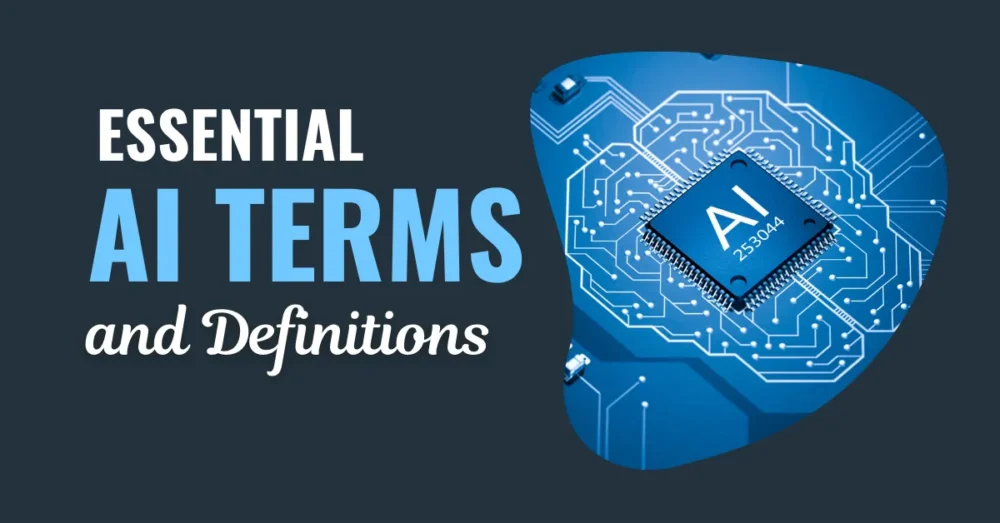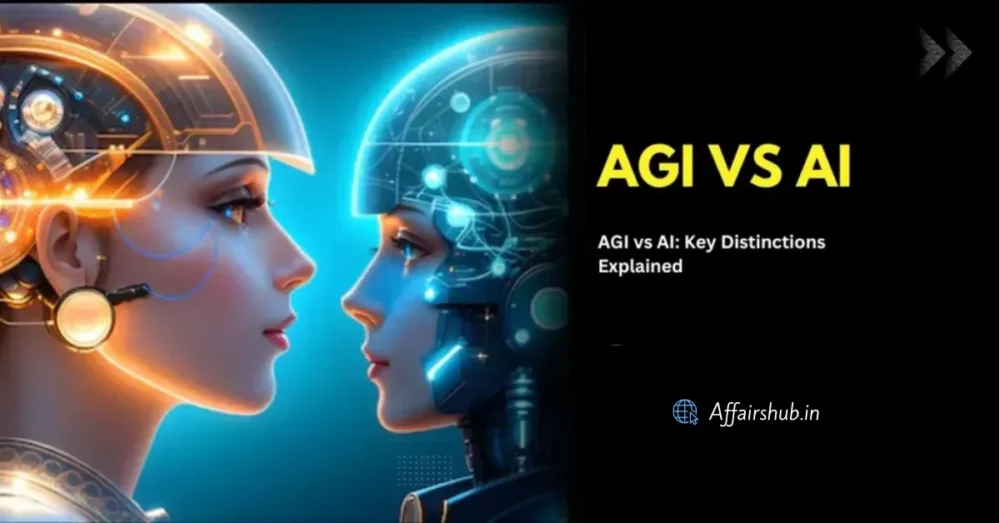Ever wondered how ChatGPT seems to know exactly what to say? The key lies in the “prompts.” Whether you’re new to technology or experienced with AI, understanding prompts can greatly improve your interactions with ChatGPT. Here’s a look at what prompts are, how they work, and how you can use them to get the best results from ChatGPT.
Understanding Prompts
What are Prompts in ChatGPT?
In ChatGPT, prompts are the inputs or queries provided by users to guide the AI in generating responses. These prompts can take various forms, such as questions, statements, or instructions, and they serve as the starting point for the AI’s response generation.
A prompt is essentially an instruction or a question you give to ChatGPT. It’s like the starting point of a conversation. When you type something like “Tell me a joke” or “Explain photosynthesis,” you’re giving the AI a prompt to respond to.
The Importance of Prompts in AI Interaction
Prompts guide the AI in generating responses. The quality and clarity of your prompt directly influence the AI’s answer. Think of it as giving directions; the clearer you are, the easier it is for ChatGPT to follow.
Prompts play a crucial role in AI interaction, serving as the primary means by which users communicate their needs and expectations to AI systems. Here are some key points highlighting their importance:
| Aspect | Description |
|---|---|
| Definition | Prompts are inputs given to AI systems to elicit specific responses. They act as conversation starters, guiding the AI to generate useful and relevant outputs. |
| User Interaction | Prompts enhance user interaction with AI by enabling users to convey their expectations clearly. This ensures that the AI’s output aligns with the user’s needs. |
| Quality of Output | The quality of AI-generated responses heavily depends on how well the prompts are crafted. Effective prompts lead to more accurate, detailed, and relevant outputs. |
| Prompt Engineering | This is the art and science of designing prompts to elicit desired responses from AI models. It involves selecting the right words, phrases, and formats to optimize the AI’s performance. |
| Context and Specificity | Providing context and being specific in prompts helps the AI understand the user’s intent better, leading to more precise and useful responses. |
| Continuous Learning | AI systems learn from user inputs, including prompts. Well-crafted prompts contribute to the continuous improvement of AI models by providing clear and structured data for learning. |
| Ethical Considerations | Ethical prompt engineering ensures that AI interactions are fair, unbiased, and respectful. It involves being mindful of the language and context used in prompts to avoid harmful or misleading outputs. |
| Applications | Effective prompts are essential in various applications, from customer service chatbots to advanced language models like GPT-4, enhancing their ability to provide valuable and accurate information. |
Types of Prompts
Informational Prompts
These prompts are designed to elicit factual information or explanations about a specific topic.
Example:
- Prompt: “Explain the process of photosynthesis.”
- Response: “Photosynthesis is the process by which green plants and some other organisms use sunlight to synthesize foods with the help of chlorophyll. It involves the conversion of carbon dioxide and water into glucose and oxygen.”
Creative Writing Prompts
These prompts encourage creative thinking and writing, often used for storytelling or generating imaginative content.
Example:
- Prompt: “Write a short story about a dragon who befriends a young girl.”
- Response: “Once upon a time, in a land far away, a young girl named Lily stumbled upon a wounded dragon in the forest. Despite her initial fear, she decided to help the dragon, and they soon became the best of friends…”
Opinion-Based Prompts
These prompts ask for personal opinions or perspectives on various topics, often used to generate discussions or debates.
Example:
- Prompt: “What are your thoughts on the impact of social media on society?”
- Response: “Social media has both positive and negative impacts on society. On one hand, it connects people and provides a platform for sharing ideas. On the other hand, it can lead to issues like misinformation and decreased face-to-face interactions.”
Instructional Prompts
These prompts provide step-by-step instructions or guidance on how to perform a specific task or activity.
Example:
- Prompt: “How do you bake a chocolate cake?”
- Response: “To bake a chocolate cake, you will need the following ingredients: flour, sugar, cocoa powder, baking powder, eggs, milk, and butter. First, preheat your oven to 350°F (175°C). Then, mix the dry ingredients in one bowl and the wet ingredients in another. Combine both mixtures, pour the batter into a greased baking pan, and bake for 30-35 minutes…”
Analytical Prompts
These prompts require analysis or critical thinking to explore a topic in-depth, often used for academic or research purposes.
Example:
- Prompt: “Analyze the causes and effects of climate change.”
- Response: “Climate change is primarily caused by human activities such as burning fossil fuels, deforestation, and industrial processes. These activities increase the concentration of greenhouse gases in the atmosphere, leading to global warming. The effects of climate change include rising sea levels, more frequent extreme weather events, and disruptions to ecosystems.”
Conversational Prompts
These prompts are designed to simulate a natural conversation, often used in chatbots or virtual assistants to engage users.
Example:
- Prompt: “Hi! How are you today?”
- Response: “Hello! I’m doing well, thank you. How about you? Is there anything specific you’d like to talk about today?”
Conclusion
Prompts are the backbone of your interaction with ChatGPT. By understanding and mastering the art of crafting effective prompts, you can unlock the full potential of this AI tool. Whether for learning, creativity, problem-solving, or professional tasks, the right prompt can make all the difference.
FAQs
Simple prompts are straightforward and require minimal input, while complex prompts involve multiple instructions or require the AI to consider several factors.
Be clear, concise, and specific in your prompts. Experiment with different phrasings and structures to see what works best.
Yes, ChatGPT can use the context of previous interactions to inform its responses, especially in multi-turn conversations.
Avoid being too vague, overloading the AI with too much information, and ignoring the context of previous interactions.
As AI evolves, prompts will become more sophisticated, enabling even more seamless and personalized interactions.
More Related Posts:






